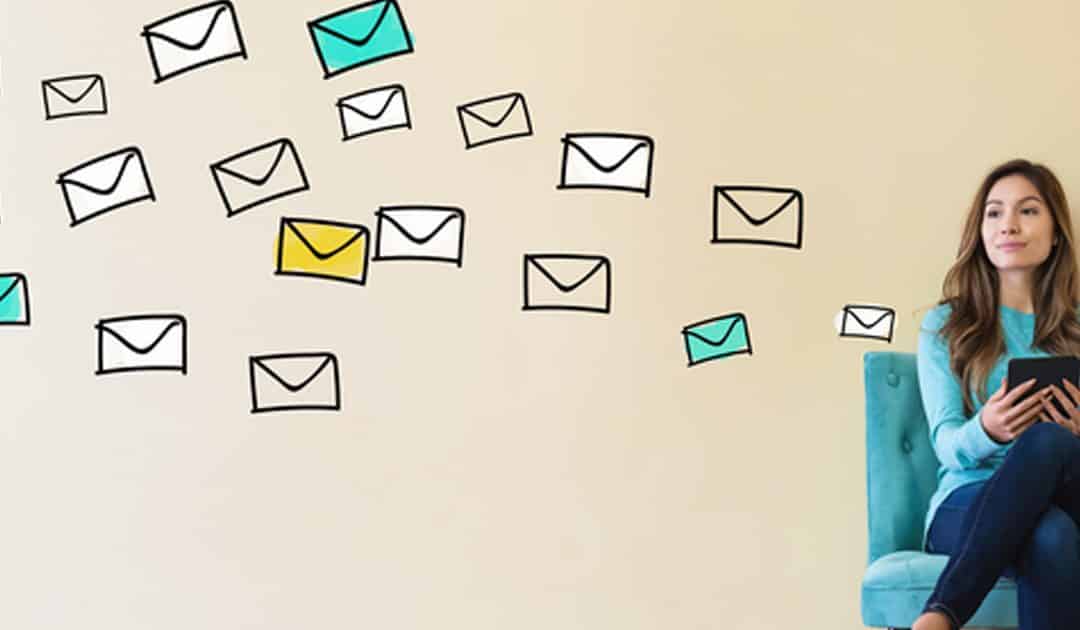Statistically speaking, there is a good chance that your marketing emails aren’t being read. It’s been estimated that between 10% and 14% of marketing emails are deleted without even being opened first! The statistics make sense — after all, you almost certainly don’t read absolutely everything that winds up in your own inbox (unless you’ve found a way to magically increase the number of hours in the day). So how do you beat the odds and get your content in front of your subscribers’ eyes? The answer is surprisingly simple — you re-send your unopened emails.
Target your re-sending
If 30% of your subscribers didn’t open your email, that means that 70% did — so don’t re-send to your entire list. You don’t want to appear spammy and risk irritating the subscribers most interested in your message! Email platforms such as MailChimp offer features that allow you to re-send to subscribers who, for whatever reason, didn’t get around to opening your message the first time.
Don’t overdo it
If you’re going to re-send a message, do it once. Re-sending an email every day for a week is going to cost you subscribers, and rightly so. Re-send a day or two after the original message, and trust that your subscribers will check it out if they’re interested. Also, try not to avail yourself of the re-send option for every marketing email that you send. Instead, save it for highly valuable content, like a really great blog post or juicy exclusive offer. Your subscribers trust you to offer them valuable content, so make your re-sends count!
Change up your subject line
If you’re re-sending an email, make sure that you tweak your subject line. This is important for two reasons: 1. You don’t want to appear to be spamming them with identical content. 2. Maybe the email went unopened because the original subject line didn’t resonate with your subscribers. Giving it a quick facelift could entice your subscribers to give it a click!
Use the information
Unopened emails can have a hidden benefit — by looking at which subscribers consistently avoid which types of emails, you can more effectively segment your list or identify and delete unused or incorrect email addresses.

